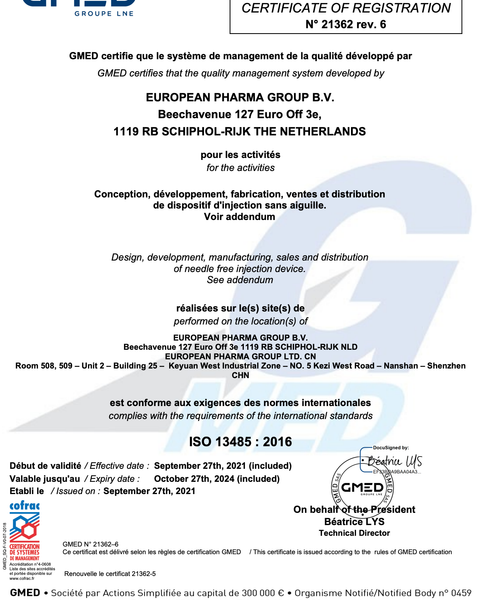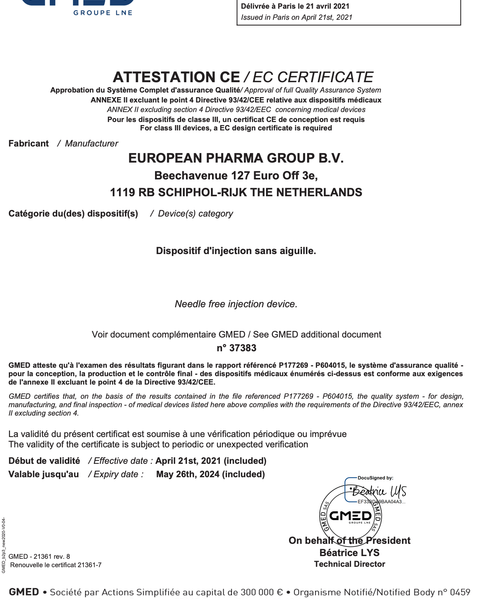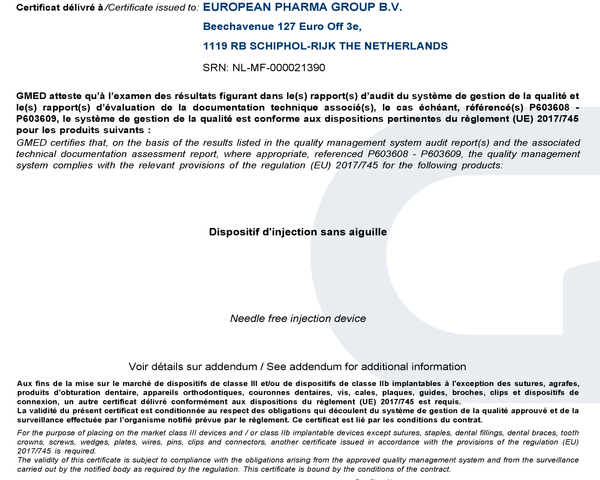Partners & Medical Professionals
A wide body of evidence substantiates the efficacy of InsuJet.
Take a deeper dive into the research that speaks to its benefits.
The reports are in. Read the Clinical Evidence.
Regular human insulin by jet injection had a faster onset of glucose-lowering effect compared to aspart by conventional pen.
Jet-injected regular human insulin had a pharmacological profile that was essentially not dissimilar from that of aspart insulin administered by conventional pen, and can therefore be used as an alternative for conventionally administered rapid-acting insulin analogues.
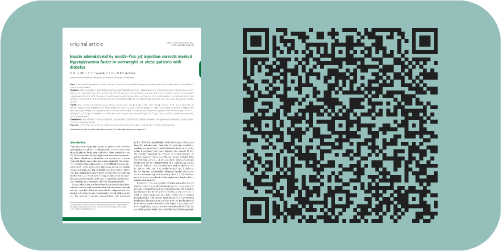
Insulin administered by needle-free jet injection corrects marked hyperglycaemia faster in overweight or obese patients with diabetes.
Adult, overweight or obese (BMI ≥25 and ≤40 kg/m2) patients with type 1 diabetes (n=10) or insulin-treated type 2 diabetes (n=10) were enrolled in a randomized, controlled, crossover study. On two separate occasions, patients were instructed to reduce insulin dose(s) to achieve marked hyperglycaemia (18–23 mmol/l). Subsequently, insulin aspart was administered either by jet injection or by conventional pen, in a dose based on estimated individual insulin sensitivity. Pharmacodynamic and pharmacokinetic profiles were derived from plasma glucose and insulin levels, measured for 6 h after injection.
It was concluded that administration of rapid-acting insulin by jet injection results in faster correction of marked hyperglycaemia in overweight or obese patients with insulin-requiring diabetes.
View Clinical Study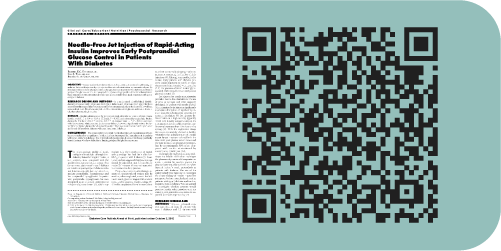
InsuJet's clinical trials, performed by a renowned Dutch academic hospital, were performed to com-pare the pharmacologic profile of administration of insulin aspart by jet injection to that by conventional insulin pen.
Results showed that the time to maximal GIR was significantly shorter when insulin was injected with the jet injector, compared with conventional pen administration. The time to peak insulin concentration was similarly reduced and peak insulin concentrations were increased. Jet injector insulin administration reduced the time to 50% glucose disposal. No differences were measured in maximal GIR, total insulin absorption, or total insulin action between the two devices.
Conclusions were drawn that administration of insulin aspart by jet injection enhances insulin absorption and reduces the duration of glucose-lowering action. This profile resembles more closely the pat-tern of endogenous insulin secretion and may help to achieve better meal insulin coverage and correction of postprandial glucose excursions.
View Clinical Study
A Pilot Study to Examine the Tolerability and Device Preference in Type 1 Diabetes of Insulin Aspart Administered by InsuJet Compared with Subcutaneous Injection. Adult, overweight or obese (BMI ≥25 and ≤40 kg/m2) patients with type 1 diabetes (n=10) or insulin-treated type 2 diabetes (n=10) were enrolled in a randomized, controlled, crossover study. On two separate occasions, patients were instructed to reduce insulin dose(s) to achieve marked hyperglycaemia (18–23 mmol/l). Subsequently, insulin aspart was administered either by jet injection or by conventional pen, in a dose based on estimated individual insulin sensitivity. Pharmacodynamic and pharmacokinetic profiles were derived from plasma glucose and insulin levels, measured for 6 h after injection.
It was concluded that administration of rapid-acting insulin by jet injection results in faster correction of marked hyperglycaemia in overweight or obese patients with insulin-requiring diabetes.
View Clinical Study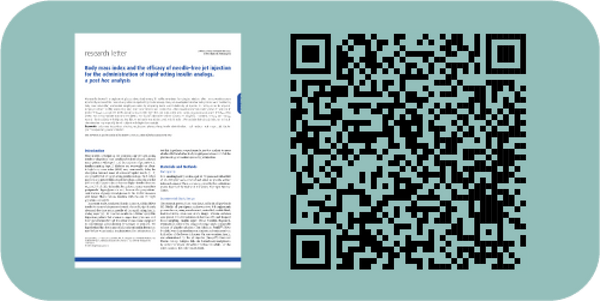
In a euglycaemic glucose clamp study with healthy volunteers it was showed that using jet injectors, rather than conventional pens, significantly improved the time-action profiles of rapid-acting insulin analogs. Here, it was investigated whether such profiles were modified by body mass index (BMI) and related weight parameters by comparing insulin administration by jet injection to that by conventional pen in subgroups defined by BMI, waist-to-hip ratio, waist circumference and insulin dose.
After conventional administration, times to peak insulin levels (T-INSmax) occurred 31.1 [95% confidence interval (CI) 13.7–48.5] minutes later and time to maximum glucose requirement (T-GIRmax) 56.9 (95%CI 26.6–87.3) minutes later in more obese (BMI > 23.6 kg/m2) than in lean subjects (BMI < 23.6 kg/m2). In contrast, T-INSmax and T-GIRmax were similar in subjects with high and low BMI, when insulin was administered by jet injection.
It was concluded that using jet injection for insulin administration may especially benefit subjects with higher body weight.
View Clinical Study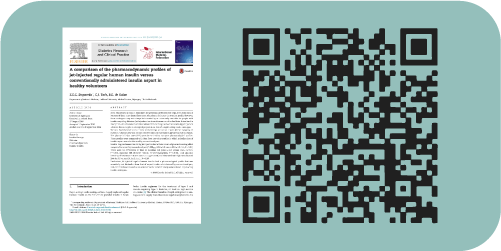
Clamp studies have shown that the absorption and action of rapid-acting insulin are faster with injection by a jet injector than with administration by conventional pen. To determine whether these pharmacokinetic changes also exist in patients with diabetes and benefit postprandial glucose control, a comparison was made of the pharmacologic profiles of insulin administration by jet injection versus conventional insulin pen after a standardized meal in patients with type 1 or type 2 diabetes.
Results showed that insulin administration by jet injection resulted in shorter time until peak plasma insulin level and reduced hyperglycemic burden during the first hour compared with conventional administration. Jet injection did not, however, significantly reduce the hyperglycemic burden during the 5-h period thereafter. There was no indication that the jet injector performed differently in patients with type 1 and type 2 diabetes.
It was concluded that the considerably more rapid insulin absorption after administration by jet injector translated to a significant if modest decrease in postprandial hyperglycemia in patients with type 1 and type 2 diabetes. The improved early postprandial glucose control may specifically benefit patients who have difficulty in limiting postprandial glucose excursions.
View Clinical Study-
0 +
InsuJet Countries
-
0
Global InsuJet Offices
-
0 +
InsuJet Partners
Country Certificates
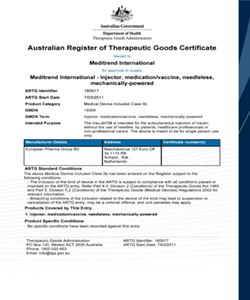
Please click the image to see the pdf of our local certificate for trading medical equipment.
View Certificates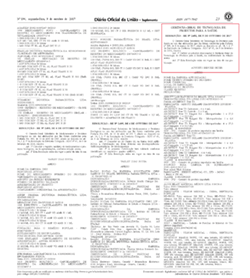
Please click the image to see the pdf of our local certificate for trading medical equipment.
View Certificates
Please click the image to see the pdf of our local certificate for trading medical equipment.
View Certificates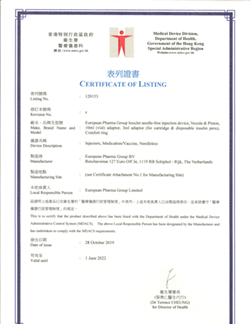
Please click the image to see the pdf of our local certificate for trading medical equipment.
View Certificates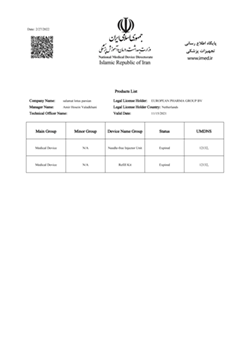
Please click the image to see the pdf of our local certificate for trading medical equipment.
View Certificates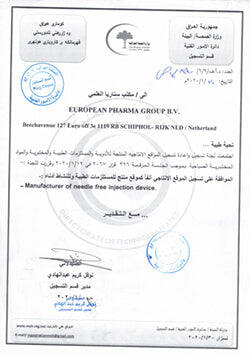
Please click the image to see the pdf of our local certificate for trading medical equipment.
View Certificates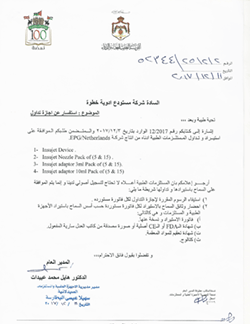
Please click the image to see the pdf of our local certificate for trading medical equipment.
View Certificates
Please click the image to see the pdf of our local certificate for trading medical equipment.
View Certificates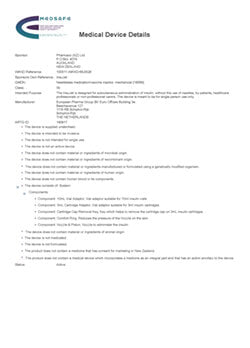
Please click the image to see the pdf of our local certificate for trading medical equipment.
View Certificates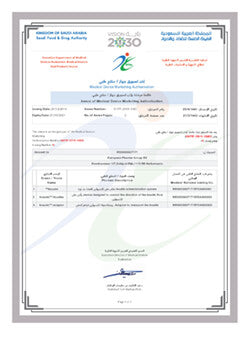
Please click the image to see the pdf of our local certificate for trading medical equipment.
View Certificates
Please click the image to see the pdf of our local certificate for trading medical equipment.
View Certificates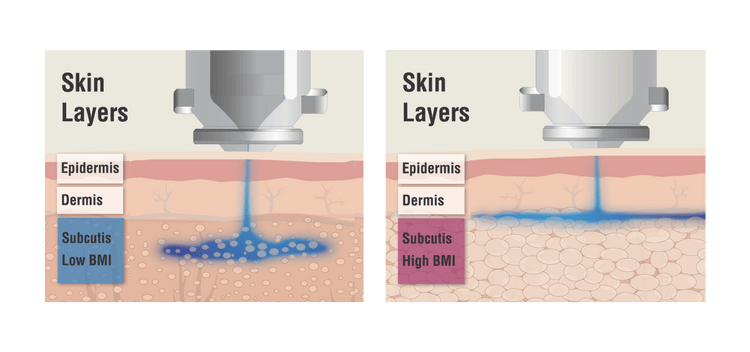
Needle-Free Insulin Administration
InsuJet works by pushing liquid under high pressure through a tiny orifice in the front of a nozzle, the liquid gets enough speed and pressure to pass through the skin. Once in the subcutaneous tissue, the liquid follows the path of least resistance, which ensures good distribution of the liquid.
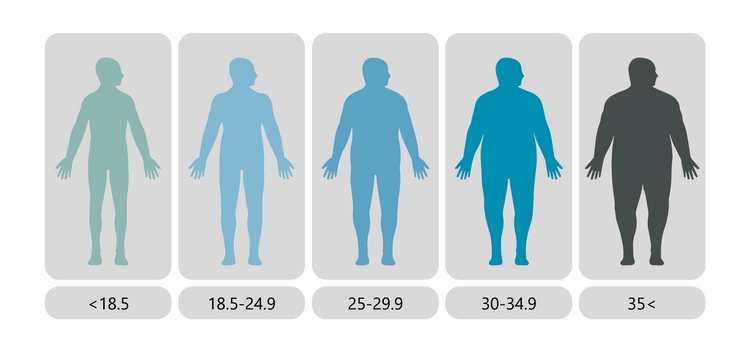
One size fits all
Or better, one InsuJet is suitable for any size, gender, or age of subject. InsuJet may especially benefit people with a higher Body Mass Index (BMI).
Intended Use & Safety Information
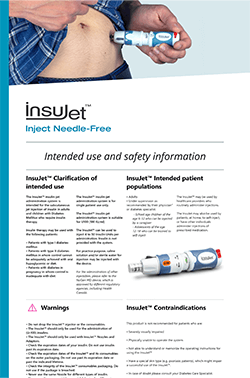
Information on the clinical data of the InsuJet, clinical benefits, clinical investigation summary.
Click For More
Information on the clinical data of the InsuJet, clinical benefits, clinical investigation summary.
Click For More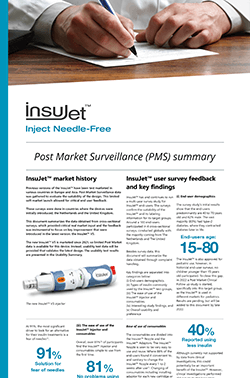
Information on the InsuJet market history, InsuJet user survey feedback and key findings, and InsuJet PMS follow-up.
Click For More
Information on the InsuJet compatibility, InsuJet Adaptors, and Insulin compatibility data.
Click For More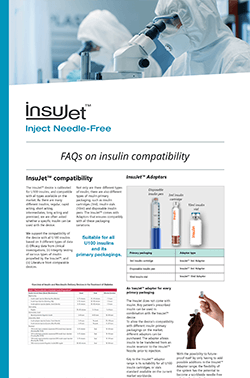
Information on the InsuJet compatibility, InsuJet Adaptors, and Insulin compatibility data.
Click For More
Information on the cost of insulin therapy, and sharps waste management.
Click For More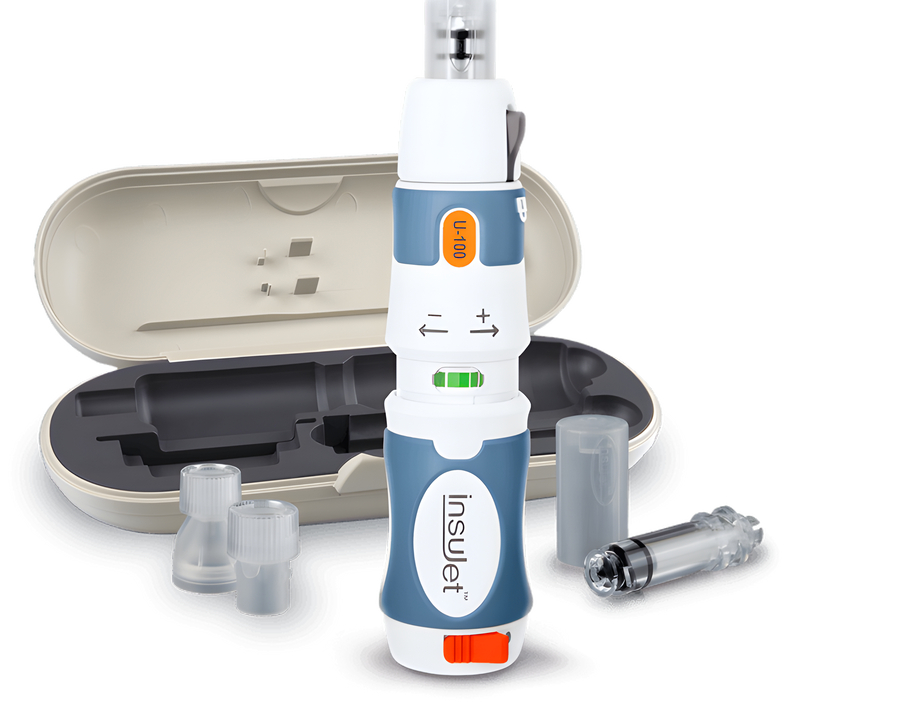
Get started with the needle-free insulin injection system.
-
ISO 13485
-
CE CERTIFIED
-
TGA
-
HEALTH CANADA
-
NHS COVERED
Disclaimers:
01. Compatible insulin types: Human and animal; Fast acting insulins (bolus); Rapid Acting Insulin Analogs; Regular Human Insulin; Basal insulins; Intermediate-acting, commonly: NPH/ Isophane; Long-acting, commonly: Glargine, detemir, degludec; Premixtures (e.g. 30/70).
02. In a user survey, 78% of respondents answered they would recommend InsuJet™ to others.
03. In a user survey, 40% of the respondents answered they noticed using less insulin.
04. Needle-Free Jet Injection of Rapid-Acting Insulin Improves Early Postprandial Glucose Control in Patients With Diabetes. Diabetes Care, October 2013.
05. Body mass index and the efficacy of needle-free jet injection for the administration of rapid-acting insulin analogs, a post hoc analysis. Diabetes, Obesity and Metabolism, July 2012.
06. Improved Pharmacokinetic and Pharmacodynamic Profile of Rapid-Acting Insulin Using Needle-Free Jet Injection Technology. Diabetes Care, August 2011
07. A Pilot Study to Examine the Tolerability and Device Preference in Type 1 Diabetes of Insulin Apart Administered by InsuJet™ Compared with Subcutaneous Injection. Diabetes Technology & Therapeutics, 2014.
08. See medical deck Cost Analysis - North America, 2022 available on the Partner page.
09. Calculated at 4 injections a day with a hypodermic needle. 4 injection a day, every day of the year, adds up to 1,460 needles a year saved from use.
*. The InsuJet™ is calibrated for U-100 insulins
- **. Needle gauge 26-27 is commonly used for subcutaneous injections and is around 0.40 - 0.45mm in diameter. The orifice of the InsuJet™ Nozzle is about 0.15mm in diameter which is much smaller than conventional needle gauges used for subcutaneous insulin injections.
***. https://pubmed.ncbi.nlm.nih.gov PMID:18820853
